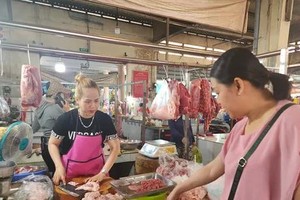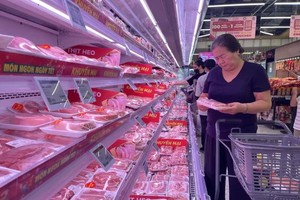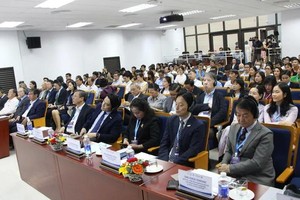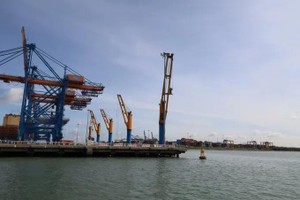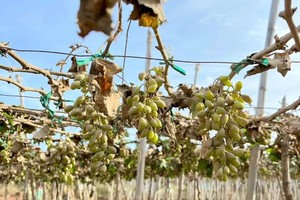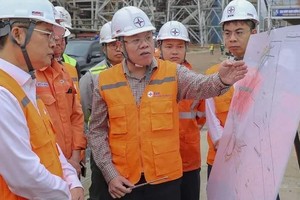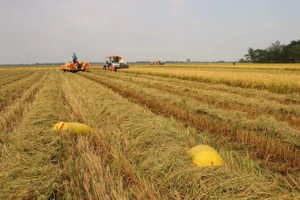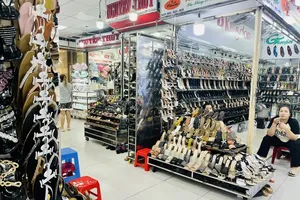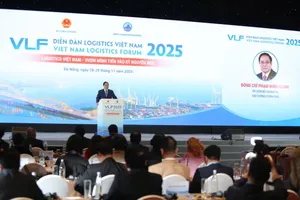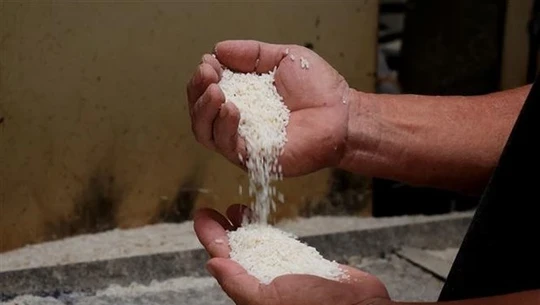
It is not at all wrong to honor excellent rice types in Vietnam via contests; however, it is wiser to devise a plan so that more Vietnamese rice brands can go global.
In 2021, the Ministry of Agriculture and Rural Development announced that the national rice trademark ‘Vietnam Rice’ is protected in Vietnam and another 22 nations.
Nevertheless, according to the regulation of the World Intellectual Property Organization (WIPO) as well as the laws of certain member countries of the Marid System, after 3-5 years from the date to recognize a trademark and to issue its protection code, the protection rights will be removed if the trademark is not in used. This means a national rice trademark can only thrive via business activities.
Developing a Vietnamese rice brand does not merely about registering for a trademark or winning an international contest title of the most delicious rice type. Instead, this should be a continuous process to maintain and improve material and immaterial values associated with rice value chains.
The establishment and then development of rice brand names should begin with the collaboration among rice farmers, scientists, and businesses so that a large production area can be formed. Businesses are the last link in the rice output chain because they understand the demands and fierce competitions of international markets.
To support these enterprises, there must be cooperation of multiple ministries, state agencies, and related localities. They can introduce and synchronously adopt measures from rice growing, processing, packaging, and exporting. This helps to develop the image and increase the awareness about Vietnamese rice in global markets, which will in turn rise the value of rice and expand its export market. Ultimately, it will promote restructuring of the rice industry towards efficiency and sustainability.
Obviously, the role of governmental management units is of extreme importance in connecting different links in the rice value chain and balance their benefits. It is necessary to increase the competitiveness for Vietnamese rice via standardizing rice varieties, ensuring rice quality, and precisely identifying the output market segment for rice.
To implement strategies to raise rice values, a larger development space and more multi-value integrated rice grants are needed, where brand values and intellectual properties are effectively supported by science-technology, financial tools, legal mechanisms, communication and propaganda campaigns.
Prime Minister Pham Minh Chinh has just approved the establishment of a one-million-hectare rice material in the Mekong Delta, specializing in high-quality, low-emission rice cultivation associated with green growth. This area should be linked to building rice brand names and manufacturing post-rice products.
Creating high-yield, high-quality, high-value rice varieties is both a technical matter and planning issues, from the steps of seed selection, rice growing, rice processing, product storage and distribution to the development of post-rice technology.
Making space for the growth of rice products and new corresponding value-added merchandise is indeed a practical way to concrete the dream of becoming a country with many delicious globally renowned rice brand names.
